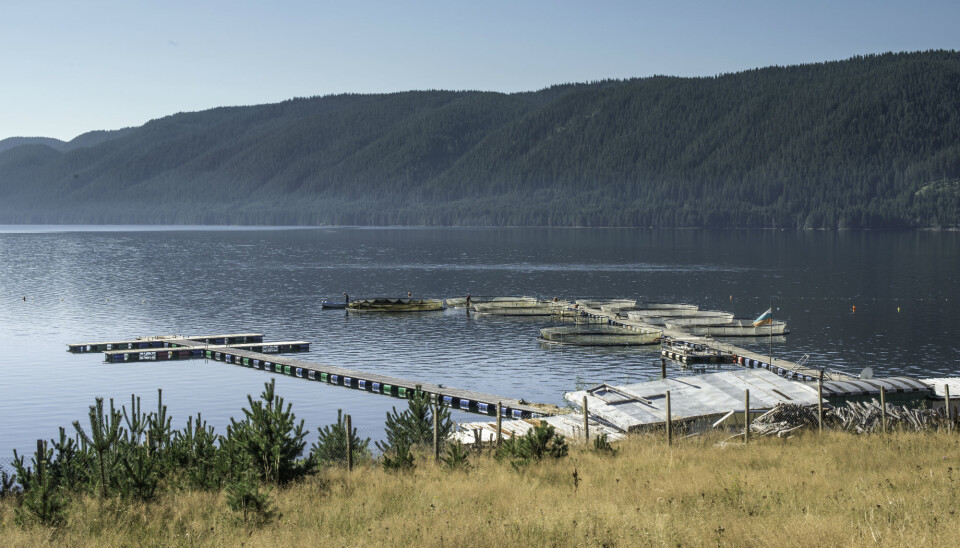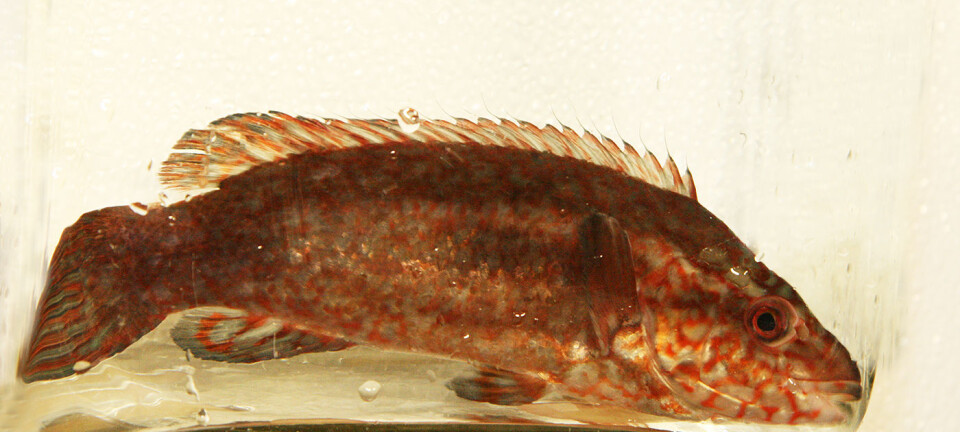An article from NIVA - Norwegian Institute for Water Research

Anti-sea lice chemicals could be hazardous to other creatures
To treat sea lice infections, fish farms often use chemicals. However, these chemicals may cause collateral damage.
Sea lice are a group of marine copepods living as parasites and severely affecting the fitness of the host fish, especially farmed fish, such as salmonids.
Emamectin benozoate (EMB), an efficient insecticide, is used to combat sea lice infections in fish farming. Although the chemical is useful when ensuring healthy fish and maintaining cost-effective production of salmonids, EMB is not without its downsides. The use of EMB has become controversial due to reported adverse effects on non-target species that are considered key for maintaining a healthy environment.
Increased use
Although the use of emamectin decreased during 2012-2013, its use increased again from 2014 in countries such as Norway because the sea lice were becoming resistant to alternative treatments. EMB is highly neurotoxic to insects and copepods such as sea lice, and may ultimately lead to death by paralysis. This potent insecticide is also highly toxic to crustaceans such as the American lobster, thus raising concern for adverse impact on economically valuable non-target species.
Therefore, researchers at the Norwegian Institute for Water Research (NIVA) conducted a series of studies to characterize the toxicity of EMB in non-target crustaceans. The study was recently published in Environmental Science & Technology.
"The freshwater crustacean and standard OECD toxicity testing species, Daphnia magna, was used as a reference model," explains You Song, Post Doc at NIVA.
"By combining standardized acute toxicity testing with advanced molecular- and cellular techniques, EMB was demonstrated to both affect neurotransmission in D. magna, but also interfere with normal molting [shedding their outer layer] due to disrupting endocrine signaling," Song says.
These potential mechanisms may be the main driving forces causing a high mortality of the animals as observed in this study.
Should it be restricted?
The study concluded that treatment of sea lice with EMB may potentially pose hazard to non-target crustaceans in waters near the fish farms.
"Assessment to scale the size of the problem and determine whether special use restrictions are needed should be considered to ensure sustainable use of veterinary medicines in aquaculture," says senior researcher and project manager Knut Erik Tollefsen at NIVA.
































